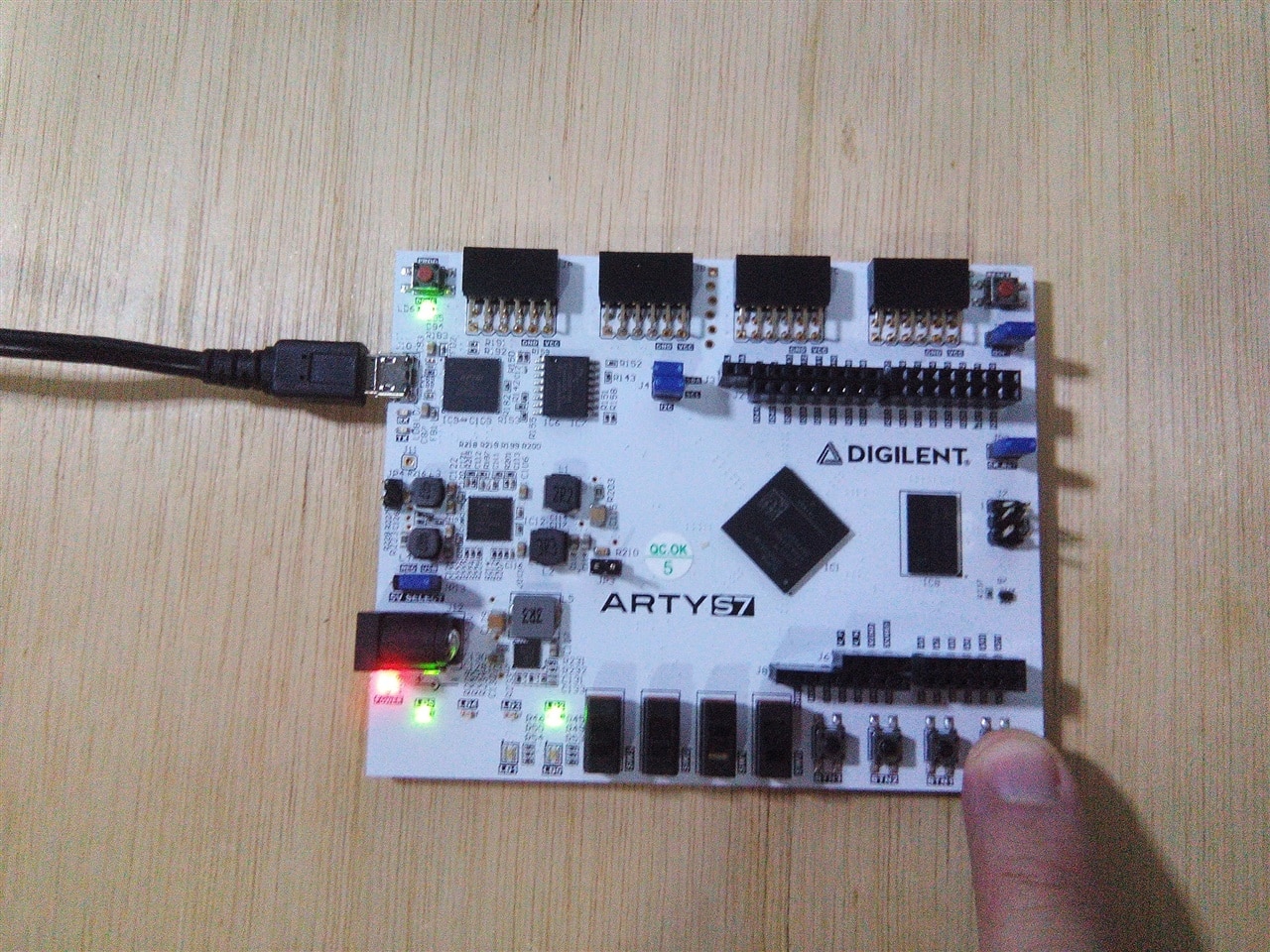Table of Contents
- Introduction
- Getting Started
- Build and Wiring
- Programming with Vivado Design Suite
- Adding the PIR Motion Sensor
- Experimenting with Automatic Sliding Door
- Summary
**********************************************************************************************************************
In this blog I give you a summary of my project, and what I have learned about Spartan-7 FPGA.
My first post was "Main Differences Between the Spartan-6 and Spartan-7" and here I made a brief analysis of these devices where I learned the architectures of the FPGA family. I also learned that the evolution of this devices brings benefits about technological solutions. Eg, new processors series it has 50% lower power consumption, its microprocessors are 30% faster, and chip size has been reduced from 45nm to 28nm. Some people think that new technologies are expensive, but ignore these advantages that I mentioned.
In the "introduction" chapter, I describe my project and its solution. Here I discovered that Spartan-7 offers several alternatives to solve a problem, and that the developer has to analyze which is the most appropriate solution for the project. Things dont have a single solution. For example, I experimented with a sliding door and found three possible solutions. I also discovered that it was possible to implement various methods for moving up or down the mini elevator cabin.
Later, I installed the Vivado software, and discovered that it is quite robust in terms of work tools to carry out my project. I also tested my ARTY S7 board with a simple example with logical operators. I did all this in the "Getting Started" section.

In the "Build and Wiring" section, I worked on the construction and assembly of my prototype and it was a very good sustainability experience, since I reused an old scanner and recycled its stepper motor. Even I saved money on the purchase of electronic parts to develop my mini-elevator prototype. The Spartan-7 technology had no compatibility problems and my project was on the right way.
In the "Programming with Vivado Design Suite" section, I tested my first code with Vivavo on the mini elevator. Everything was easy, the way the device was controlled was manually through switches, and Spartan-7 served me efficiently and there were no hard problems to solve. Here I took advantage of the "Finite State Machine" concept to control my elevator and luckily Spartan-7 technology worked fine.
Now in the "Adding the PIR Motion Sensor" section, I have had an interesting experience. The PIR sensor was used for the activation of the elevator and in this way I replaced a switch. This solution was innovative, since this sensor has a potentiometer for time adjustment when it detects the infrared radiation movement of the hand. So I experimented and adjusted this time to 14 seconds, and it is the approximate time it takes for the elevator to move between floors. PIR sensor voltages were compatible with Spartan-7 and everything worked fine.
Finally in the "Experimenting with Automatic Sliding Door" chapter, I have tried two ideas with Spartan-7. First, I've experimented with a sliding door I've reused from an old CD player; and second, I have successfully connected ARTY S7 and CMOD S7 boards to control this sliding door. I have demonstrated the versatility of Xilix plates, and that they can be adapted to different types of solutions. The experiments were successful as I expected.
My final thoughts are to thank AMD-Xilinx and the element14 community for supporting me on this project with the free HW and SW. In the future I have plans to make improvements to this project such as the implementation of artificial intelligence or adding more features. Cheers!

Top Comments